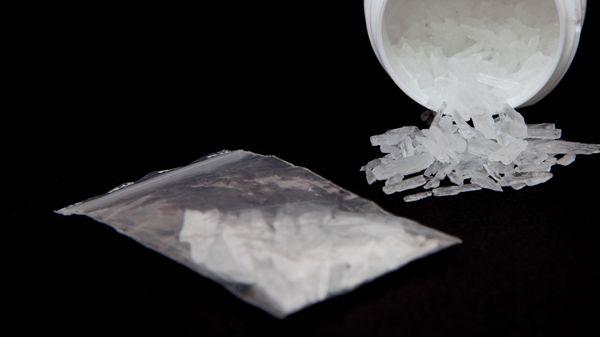Many people first try alcohol during their teenage years. The average age for girls is 13-years-old, according to studies by the CDC and the American Academy of Pediatrics (AAP). It is the drug most often used by 12- to 17-year-olds, with more than four million adolescents drinking alcohol in any month. In a recent survey, 25 percent of 8th graders, 40 percent of 10th graders and 53 percent of 12th graders reported drinking alcohol during the prior month.
Although most parents think peer pressure is the main reason teenagers drink, 79 percent of teens say they drink to get drunk or because it "feels good;" 67 percent say drinking alcohol helps them forget their problems; and 66 percent say peer pressure is the reason. Forty-seven percent say they drink because they have nothing better to do.
Advertisement
The prevalence of alcohol use among teens mixed with the effects of alcohol — a tendency toward risky and violent behavior, impaired judgment and slowed reaction time — help explain why alcohol is a major factor in teen motor vehicle crashes, homicides, suicides and drowning. Its use is also linked to early sexual intercourse, date and acquaintance rapes, unplanned pregnancies, sexually transmitted diseases, fights and community property damage. In addition, many young people also die from alcohol poisoning.
Binge drinking (consumption of four or more drinks on a single occasion within the past two weeks) is a major problem in our college campuses. It is binge drinking, as opposed to drinking in general, that causes most of the alcohol-associated harm occurring on our campuses and in students' lives. A major, eight-year study (the 2001 Harvard School of Public Health College Alcohol Study) involving the drinking habits of thousands of college students recently reported their findings in the Journal of American College Health. Results of the study revealed that, in 2001, approximately two in five (44.4 percent) college students engaged in binge drinking, a rate almost identical to rates reported in the previous eight years. Among the underage students, half of those surveyed reported obtaining alcohol easily; other students are their primary source. But since 1993, the use of fake identification cards to obtain alcohol illegally has declined, whereas the role of parents as providers of alcohol to underage students has increased. In addition, a sharp rise (from 5.3 percent in 1993 to 11.9 percent in 2001) in frequent binge drinking was noted among women attending all-women's colleges, and a lesser, but still significant, increase of the same behavior for women in coeducational schools.
These findings, and others revealed that, despite efforts to curb binge drinking on our campuses through alcohol-prevention programs, services, activities and policies, there is still much more that needs to be done.
See the next page to learn about teen drug use.
Advertisement

